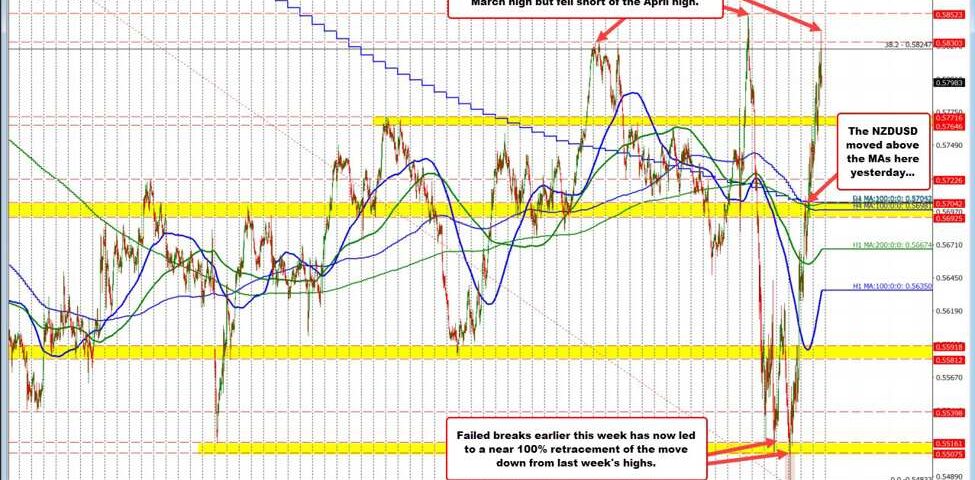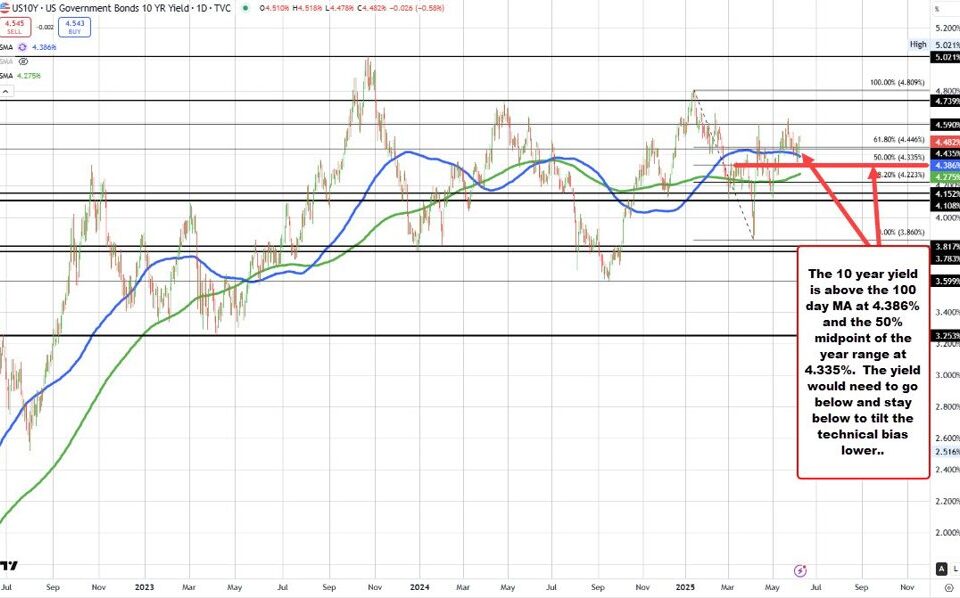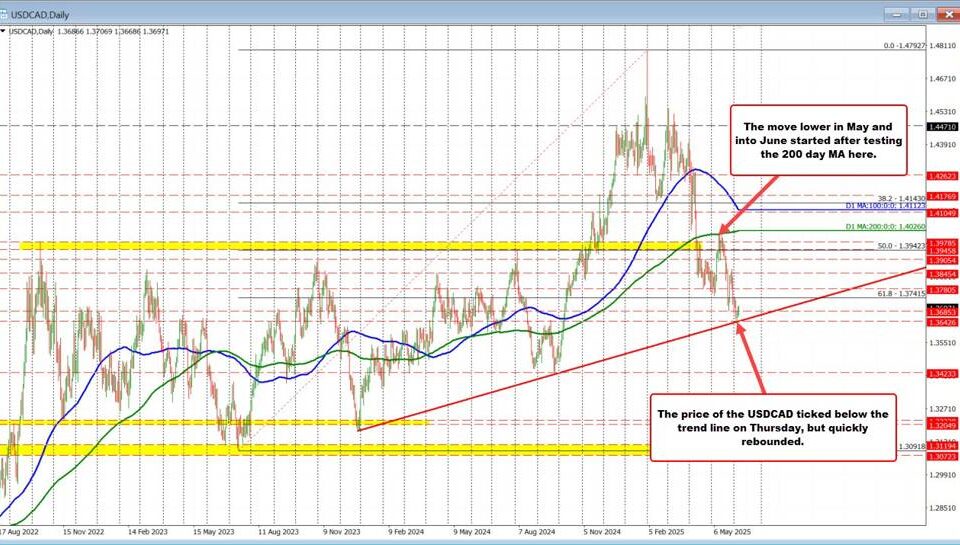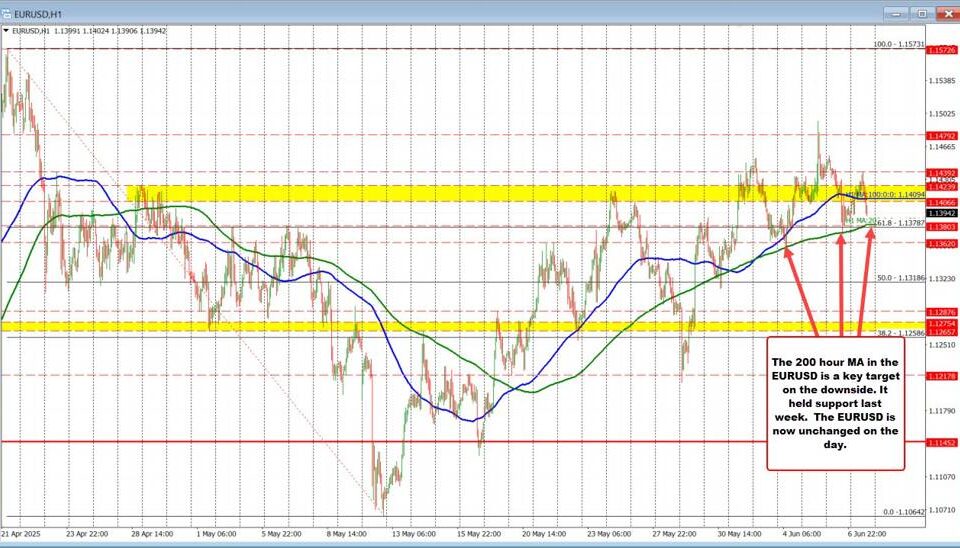Navigating the Surge: Understanding Recent Trends in U.S. Treasury Yields
Tháng 4 11, 2025U.S. 30-Year Treasury Yields Surge: A Paradigm Shift for the Economy
Tháng 4 11, 2025NZD/USD Currency Pair: Recent Rebound and Market Dynamics
The NZD/USD currency pair has recently shown signs of volatility, particularly with a notable rebound from key support levels. Traders and investors are keenly analyzing this movement as it encounters significant resistance. This blog post delves into the latest analyses and forecasts for the NZD/USD pair, offering insights into both its performance and the broader market context influencing its trajectory.
Recent Rebound and Resistance Levels
The NZD/USD pair has demonstrated a recovery from a critical support zone around 0.5530, largely driven by the prevailing bearish sentiment surrounding the US dollar. Initial expectations suggested a potential rise towards the significant resistance level of 0.5820; however, recent developments indicate a pause in this rally. As the pair approached the psychological barrier of 0.5700, traders noted the emergence of renewed resistance around 0.5800, curbing further upward momentum. This mixed reaction raises important questions about the strength of the current bullish sentiment and the factors supporting or inhibiting continued gains. This situation is reminiscent of the neutral trend between the US Dollar (USD) and Canadian Dollar (CAD), characterized by a cautious market approach.
Short-Term Market Outlook
Analyzing the short-term outlook for the NZD/USD pair reveals a landscape marked by mixed indicators. Although short-term moving averages exhibit a bias toward bullish movement, indicating a potential for upward progression, the Relative Strength Index (RSI) reflects a more complex picture. Currently sitting at 53.82, the RSI suggests that the market is neither overbought nor oversold, leaving room for further evaluation. Concurrently, the Moving Average Convergence Divergence (MACD) is signaling a potential sell opportunity, adding to the uncertainty for short-term traders. This divergence in technical indicators emphasizes the need for caution in the current trading environment, similar to the caution advised for the movements in the GBP/USD currency pair.
Implications of Elliott Wave Analysis
Further insights can be gathered from Elliott Wave Theory, which posits that the NZD/USD pair may experience a pullback before embarking on its next upward journey. Technical breakdowns have identified potential support levels at 0.5484 on the daily chart and 0.5513 on the hourly chart. Should the price action decisively breach these supports, it could signal an end to the current uptrend, prompting traders to reassess their positions and strategies.
Broader Market Context
The dynamics influencing the NZD/USD pair do not exist in a vacuum; rather, they are intertwined with global market trends and responses to monetary policy. Trade tensions and central bank decisions play pivotal roles in currency valuation, particularly with discussions around potential rate cuts by the Reserve Bank of New Zealand. Such monetary policy adjustments could stabilize the New Zealand dollar, thereby granting it resilience against the backdrop of US dollar weakness fueled by trade policy announcements. This is not unlike the slight upward momentum observed in the EUR/USD pair, as both pairs are influenced by shifting market sentiments.
In summary, the NZD/USD pair’s recent rebound reflects a complex interplay of market sentiment, technical indicators, and broader economic factors. As traders navigate through the intricacies of support and resistance levels, it remains vital to stay informed about both immediate market signals and broader macroeconomic conditions. With the currency market continually evolving, staying attuned to these fluctuations will be key for those looking to capitalize on potential opportunities.




